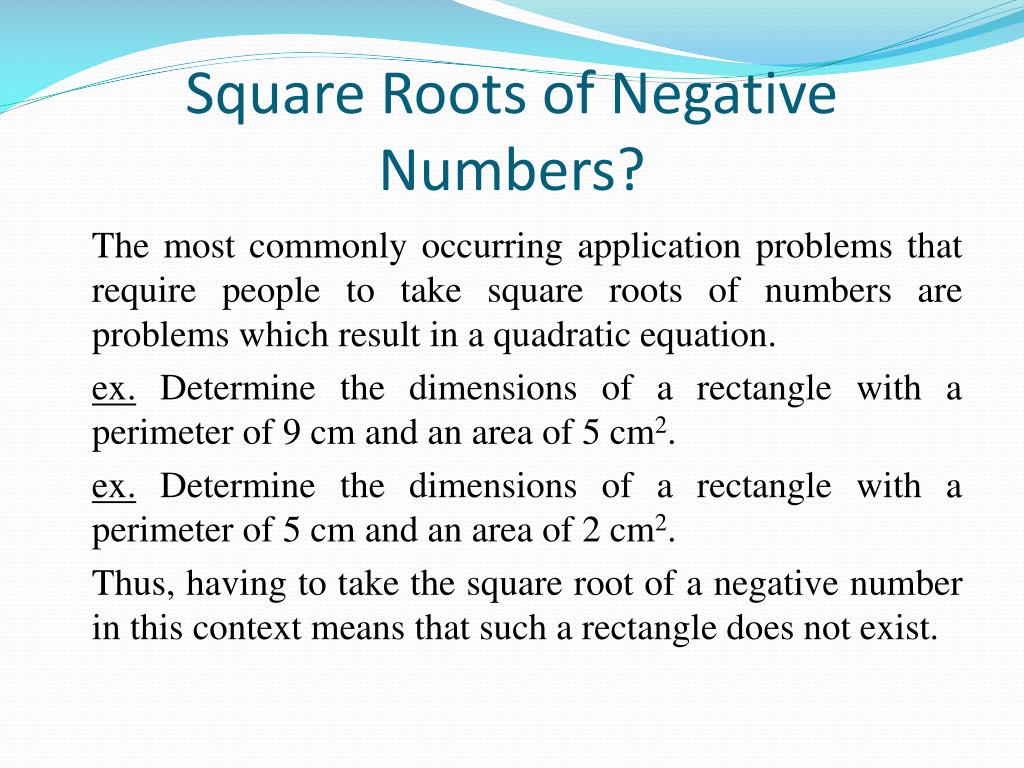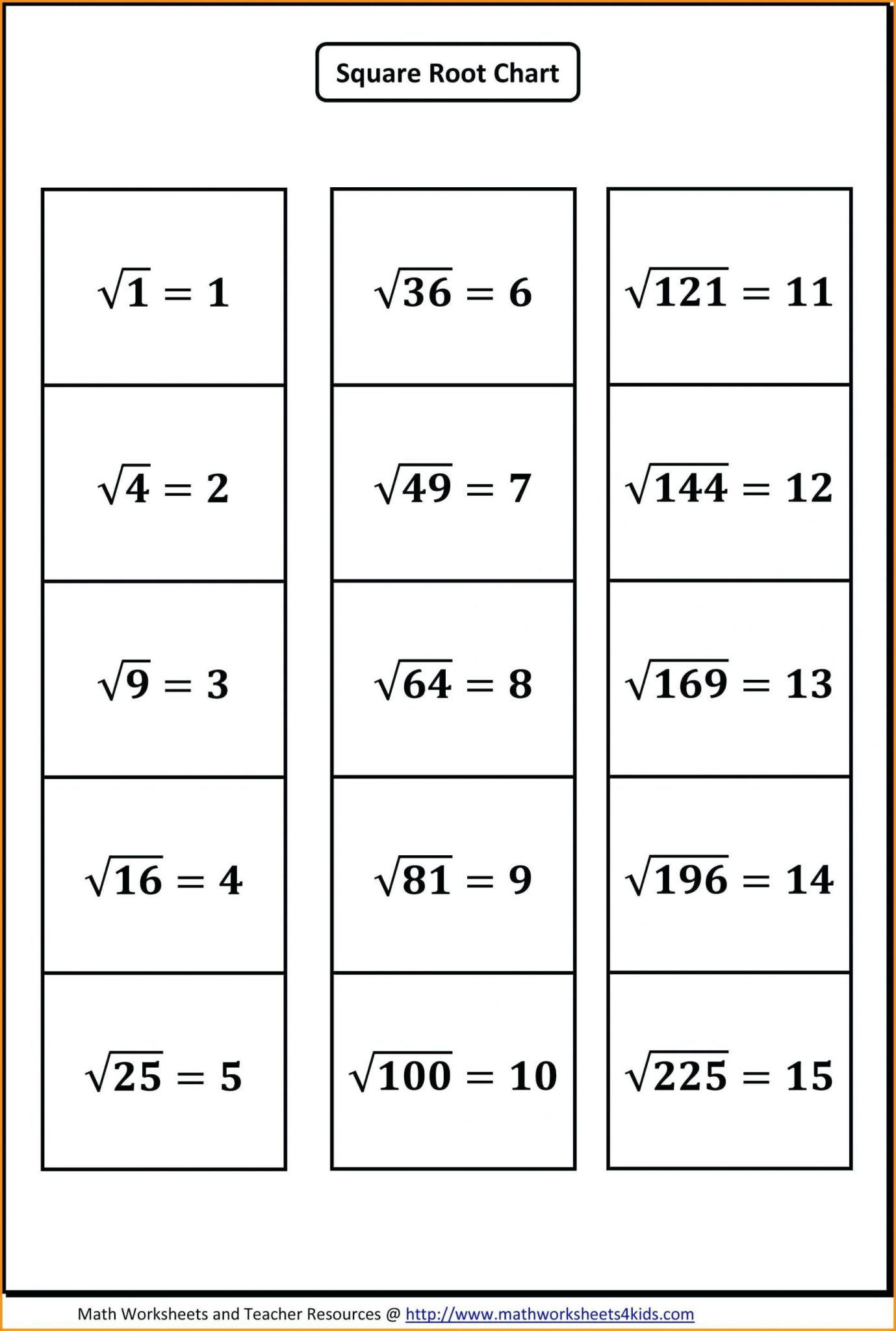

So the square roots of negative numbers are called ' imaginary numbers' in math. This is, because there can not be any positive or negative number, which on being multiplied with itself, will give a negative result, because positive times positive equals positive and negative times negative equals positive as well. In simpler words, you can not calculate the square root of a negative number. Negative numbers are not taken into account in this post because they have no real square roots. Now you must be wondering about the square root of negative numbers? Do negative numbers have two square roots as well? Or something different? The square root of a number is generally represented by a " +/-" symbol before it as follows: There are two square roots of a positive number - one square root is positive, whereas one square root is negative. Generally the positive sign on the left of a number is not written: it is assumed that a number is positive if it does not have a negative sign on its left, so each of the positive square roots written above may be written without the positive signs as well. 49 has two square roots, negative seven (-7) and positive seven (+7).36 has two square roots, negative six (-6) and positive six (+6).the positive number 64 has two square roots, negative eight (-8) and positive eight (+8).For example, 10 and -10 are the two square roots of 100, but 10 is called the principle square root. The positive square root of a number is called its principle square root. Thus both, positive 10 and negative 10, are square roots of the positive number 100. We know that 10 x 10 = 100, so 10 is a square root of 100.īut -10 x -10 is also equal to 100, because on multiplying two negative numbers the result is always a positive number. For instance, if we wish to get the square root of -9 > import cmath > cmath.

"The square root of a number is another number, which on multiplying with itself, will give the original number." First, open the Python shell and then import cmath module > import cmath next, use sqrt () function > cmath.sqrt (x) where, x is a negative number. To understand this, we need to re iterate the definition of a square root:

For example, the square root of 100 is +10 and -10. One square root is positive, while the other is exactly same, but negative. Every positive number has two square roots.


 0 kommentar(er)
0 kommentar(er)
